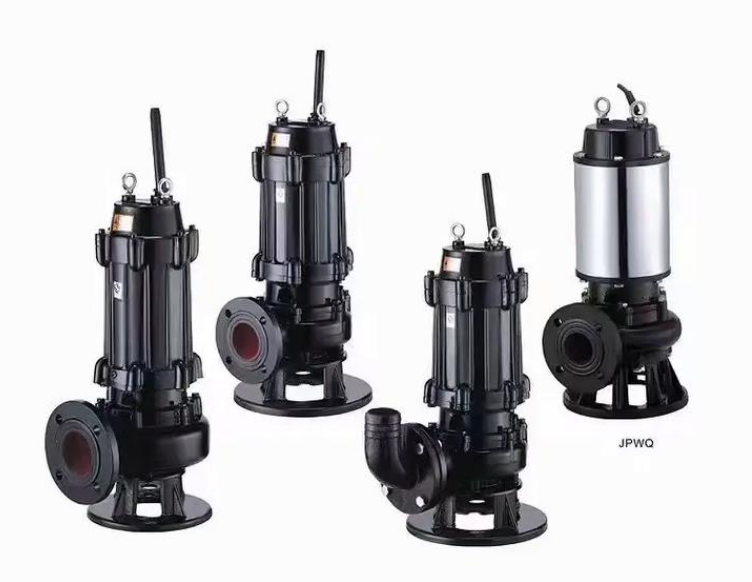Energy-saving methods for motor use in pumping systems
Energy-saving methods for motor use in pumping systems are crucial considerations in both production and daily operations. Below, technical experts from Shanghai Gaotian outline various strategies for optimizing energy efficiency during motor operation in pumping systems:
Avoiding Oversizing: When the load capacity is below 40%, adjust the motor's power size to replace the original with one of a lower power class (typically reducing by one level). Aim to operate the motor at a load rate of 60%-70% for optimal efficiency.
Replacing Rubber Triangular Belts with Nylon Flat Belts: This method involves replacing rubber belts with nylon ones, which can be easily implemented and does not require special technical expertise. Just conduct a simple calculation and replace the belt wheel set if possible. Direct transmission may also be preferred over indirect, leading to a 2-3% increase in efficiency.
Switching to Energy-Efficient Motors:
Y Series Motors: These are modernized versions of motors, adhering to international standards, with improved efficiency, torque, compact size, enhanced control over noise and vibrations, and general advantages like reasonable design, aesthetic appearance, and broad applicability.
YX High-Efficiency Motors: These are low-loss, high-efficiency motors, ideal for industrial settings where efficiency is critical. They offer an average efficiency improvement of 3% and reduced losses, comparable to top-tier foreign models. However, they come with a price premium of about 30%.
Motor Optimization for Pumping Systems:
Upgrading Fans: Optimizing the fan and air罩 ensures maximum reduction in ventilation losses, significantly impacting energy savings.
Replacing Slot Liners: Using magnetic slot fillers (CC material) can smooth the iron core slots, enhancing the performance and efficiency of older motors.
Increasing Wire Size: Larger wire sizes reduce electrical resistances and enable operation in less loaded conditions, leading to extended lifespans and significant energy savings (using copper cable methods).
Maintaining Bearings and Winding Cleanliness: Proper maintenance, including timely cleaning and lubrication, is essential for optimal motor operation, contributing to energy efficiency. Overlubrication or low-quality grease can lead to increased frictional losses.
Automatic Capacitor Compensation: Incorporating capacitors to counteract reactive power consumption, enhancing the overall system efficiency.
Using S10 Series Energy-Efficient Transformers: Selecting newer transformer models (S10 series) can help optimize the selection of motor power, improving energy use efficiency across the system.
Pump Selection, Tuning, and Maintenance: Ensuring the pump operates under the most efficient conditions involves careful selection, regular tuning, and routine maintenance, including adjusting components like balance wheels, replacing worn parts, and minimizing flow resistance through streamlined design.
Establishing Organizational and Management Practices: Implementing comprehensive energy-saving strategies, encompassing policy formulation, incentive schemes, equipment maintenance, testing, updating, and record keeping, is critical for long-term optimization.

These strategies collectively aim to maximize operational efficiency and reduce energy consumption in pumping systems, contributing to sustainable and cost-effective practices.




